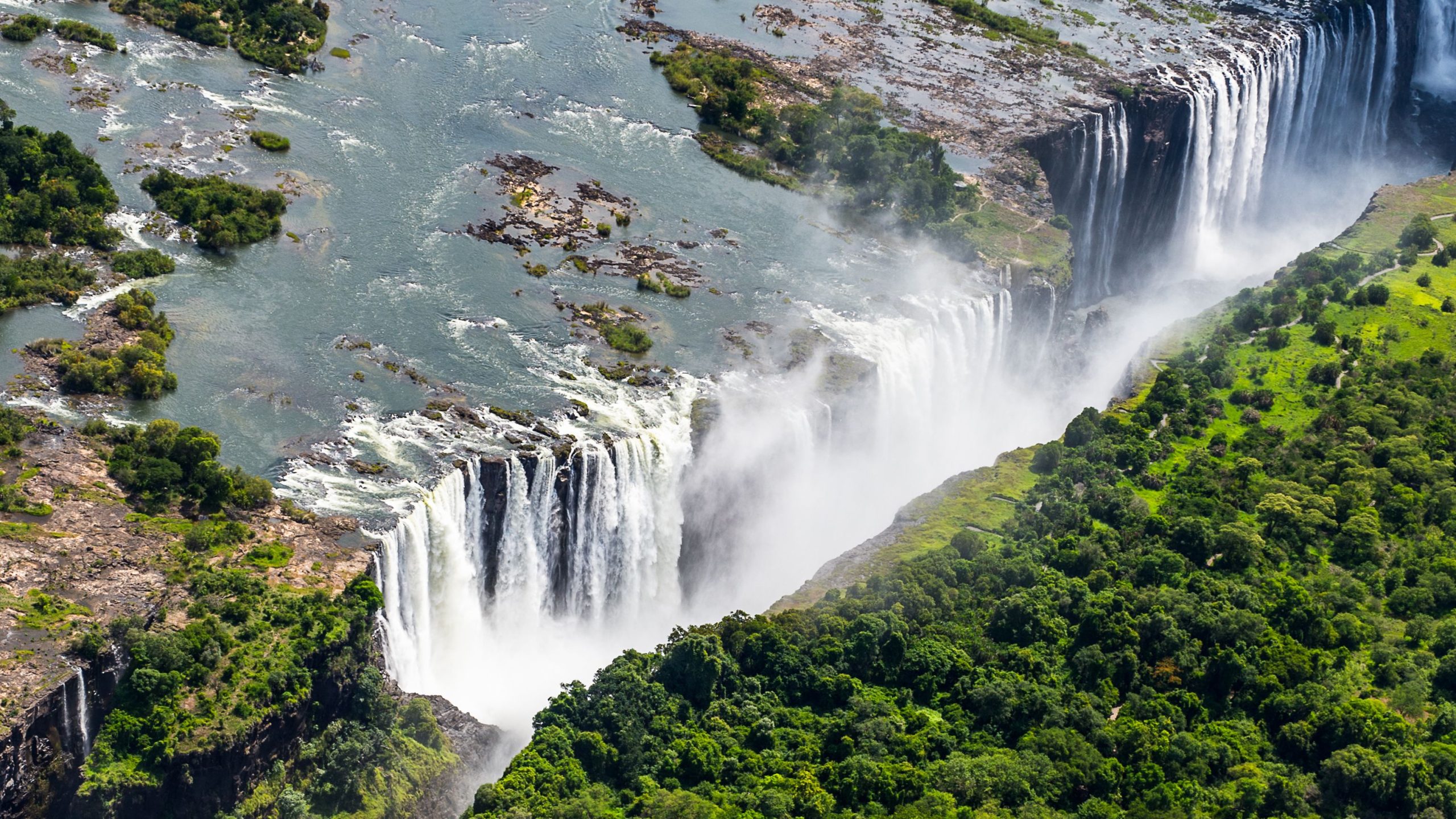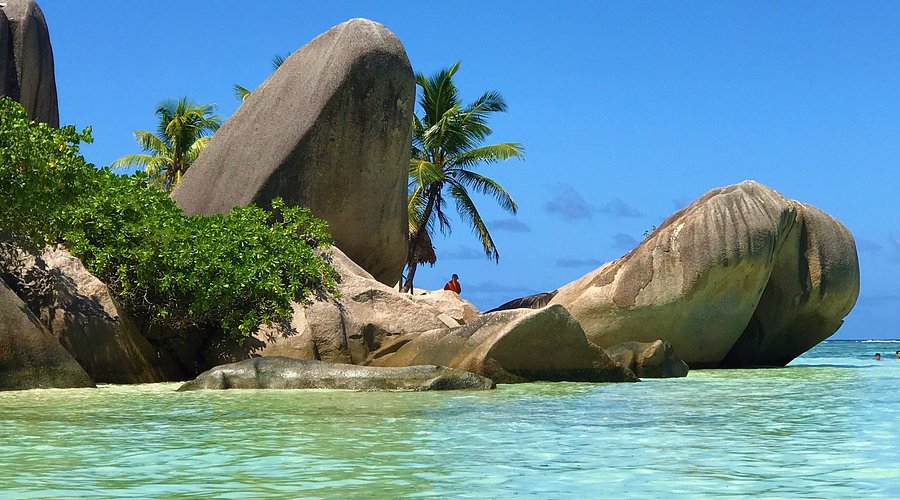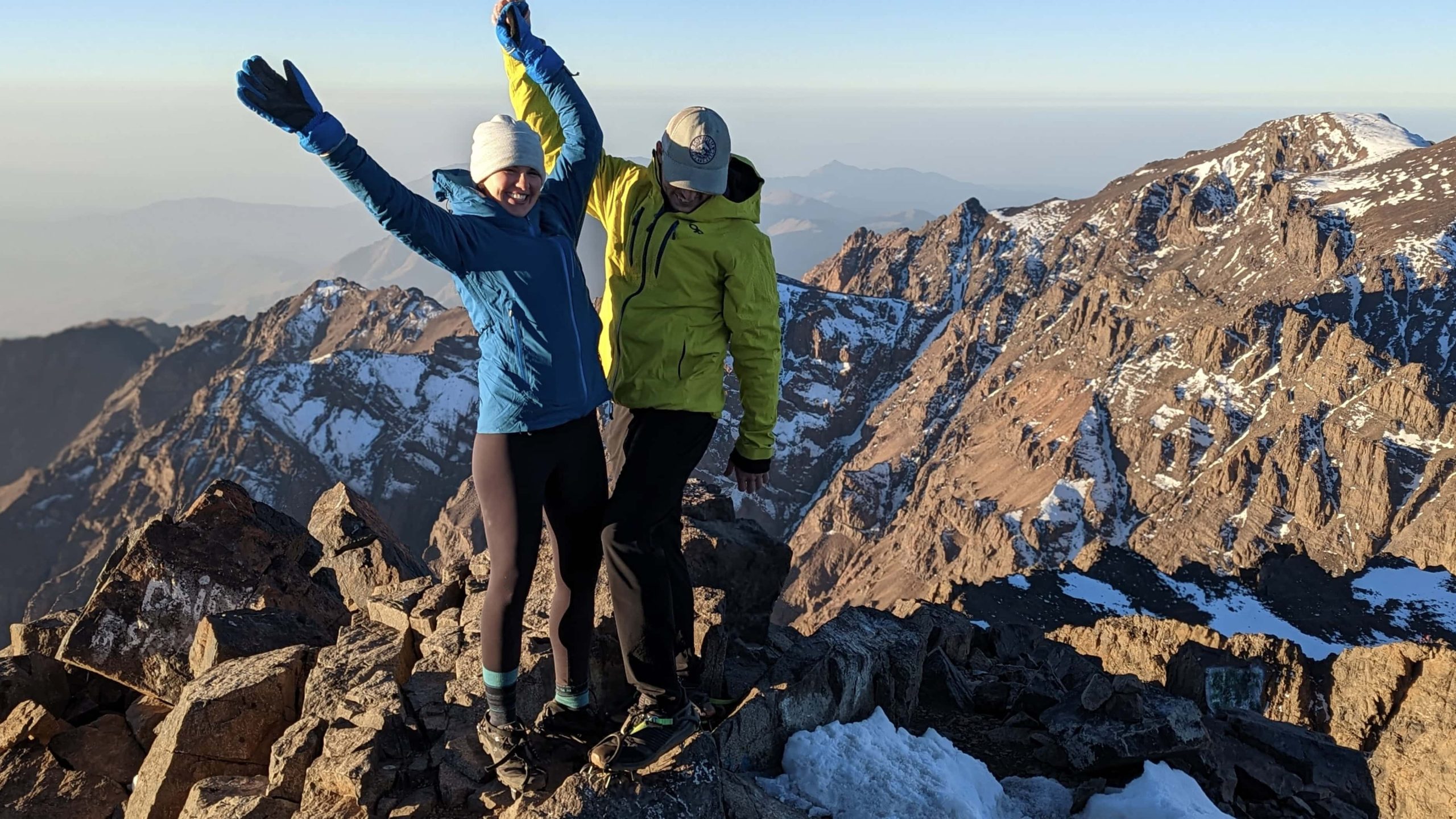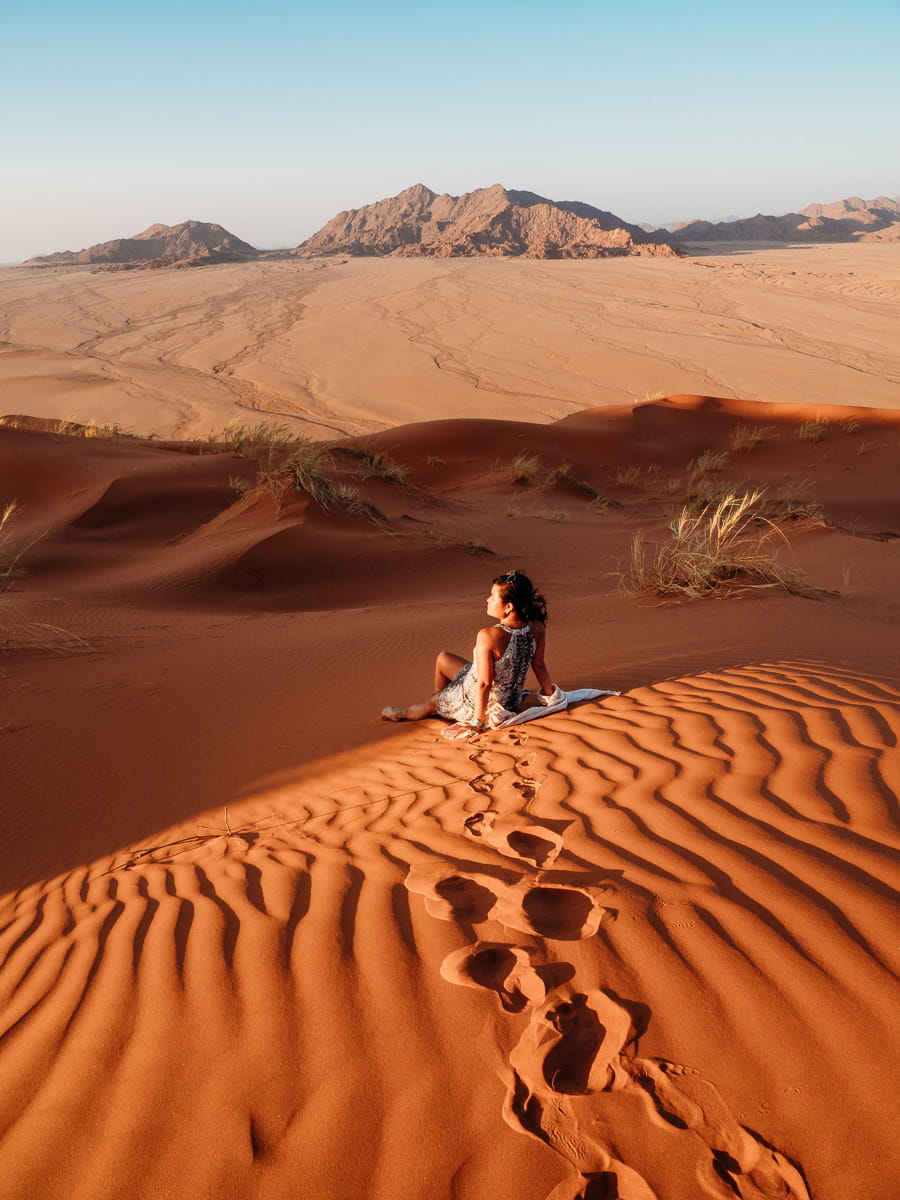Safari Tanzania: Explore Serengeti Wildbeest Migration & Wildlife Wonders
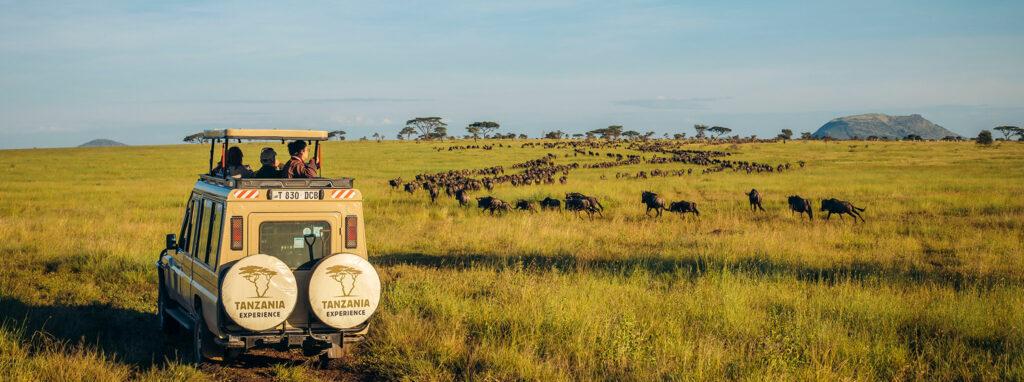
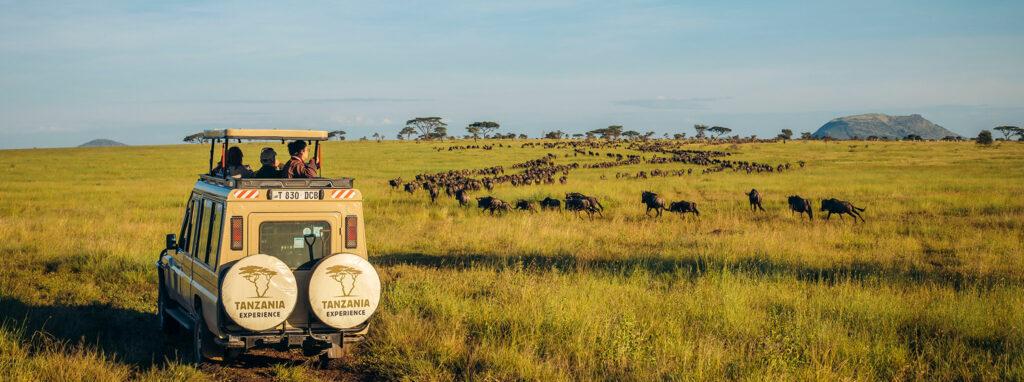
Safari Tanzania: Explore Serengeti Wildbeest Migration & Wildlife Wonders
Key Takeaways
- Witness the extraordinary Great Migration of wildebeests, zebras, and gazelles across Serengeti and Masai Mara.
- Explore diverse wildlife wonders beyond the migration, including lions, cheetahs, elephants, and over 500 bird species.
- Plan your trip with insights on best travel times, safari experiences, accommodations, and booking tips.
Table of Contents
- The Great Migration in the Serengeti
- Wildlife Wonders Beyond the Migration
- Planning Your Serengeti Safari
- FAQs About Safari Tanzania and the Serengeti Migration
- Conclusion
- Related Posts
- References
The Great Migration in the Serengeti
The Great Migration is a spectacular annual journey involving approximately 1.5 to 2 million wildebeests, along with zebras and gazelles. These animals follow a cyclical route across the Serengeti ecosystem, moving between Tanzania’s Serengeti National Park and Kenya’s Masai Mara.
This migration happens year-round but features distinct key phases linked to changes in weather and food availability. Here are the main migration phases to look out for:
Key Phases of the Great Migration
- Calving Season (Mid-January to March)
- Takes place in the southern Serengeti, especially the Ndutu area.
- Around 8,000 wildebeest calves are born daily.
- Predators are abundant, offering exciting predator-prey wildlife encounters.
- West Serengeti & Grumeti River Crossing (April to June)
- Herds travel northwest.
- The herds cross the crocodile-infested Grumeti River.
- Less famous but thrilling wildlife viewing opportunity.
- Mara River Crossing (July to October)
- The most dramatic event as herds confront strong currents and predators like crocodiles and lions.
- Marks the move into Kenya’s Masai Mara reserve.
The full migration route forms a clockwise circle: from the southern Serengeti calving grounds to the western corridor and Grumeti River, then to northern Serengeti and the Mara River crossing, and finally back south with the seasonal rains. Learn more about the phases of the Great Migration at https://www.serengeti.org/the-great-migration.
Where to Watch the Migration
- Ndutu Area: Best from January to March for calving season.
- Southwestern Serengeti: April
- Western Serengeti: May to June by the Grumeti River.
- Northern Serengeti and Mara River: July to October for dramatic river crossings.
Serengeti National Park covers a vast area known as the “endless plain”—a translation from the Maasai language—offering unparalleled views and a high density of big cats, including lions and leopards. [Source: Wikipedia, Serengeti.org]
Wildebeests crossing the crocodile-infested Mara River during the Great Migration in Serengeti National Park, Tanzania
Wildlife Wonders Beyond the Migration
The Serengeti’s wildlife richness extends well beyond the migration. Visitors enjoy a year-round glimpse of diverse species and unique animal behaviors.
Big Cats and Predators
- Lions: Often seen in prides lounging on the plains or hunting. Serengeti is home to one of the largest populations of lions worldwide, estimated to be over 3000 lions National Geographic.
- Cheetahs: Known for their speed, commonly spotted chasing prey.
- Leopards: Elusive but present in wooded areas.
Resident Herbivores
- Elephants: Large herds roam the park, especially near water sources.
- Buffalo and Antelopes: Commonly encountered grazing alongside migration herds.
- Hyenas: Scavengers and hunters, prevalent throughout Serengeti.
Birdlife
- Over 500 bird species flourish here.
- Includes raptors like eagles, scavenger vultures, and beautiful flamingos in seasonal wetlands.
This diversity makes the Serengeti an unmatched safari destination beyond just the migration spectacle. [Source: Africa Geographic]
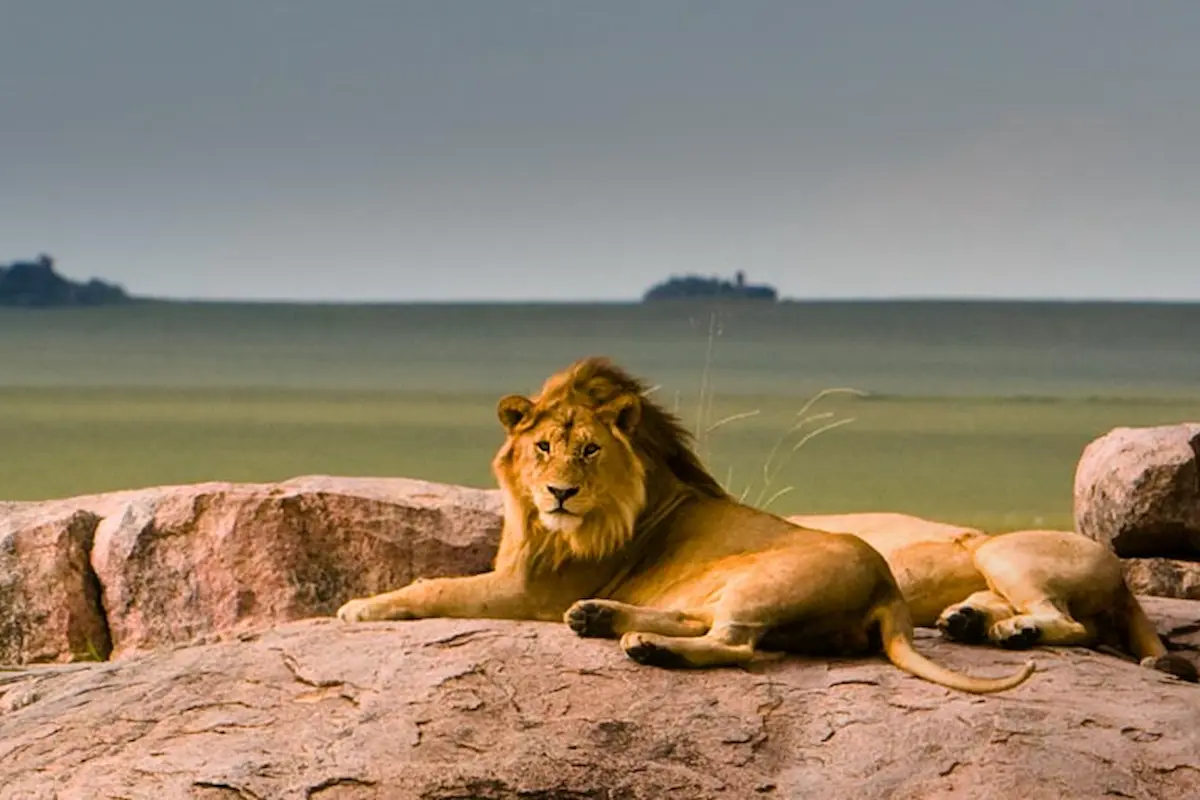
A majestic lion resting on the vast Serengeti plains during a Safari Tanzania adventure
Planning Your Serengeti Safari
When it comes to planning your Serengeti safari, understanding the best times to visit, safari activities, accommodation options, and costs ensures a memorable trip.
Best Times to Visit for the Migration
- January to March: Calving season in Ndutu offers chances to see newborns and predator interactions.
- July to October: Witness the thrilling Mara River crossings.
Even outside these months, Serengeti’s abundant wildlife provides spectacular experiences year-round. For detailed month-by-month planning, see Wildlife Worldwide.
Safari Experience Options
- Game Drives: Explore the Serengeti plains in 4×4 vehicles for close-up wildlife viewing.
- Walking Safaris: Available near Ngorongoro Crater, guided by expert trackers.
- Multi-day Packages: Often include visits to key migration sites and other parks for immersive exploration.
Accommodation Choices
- Luxury lodges and tented camps are located strategically near migration hotspots such as Ndutu and the western corridor.
- Options range from deluxe lodges with all amenities to more rustic, eco-friendly camps. A detailed guide to Serengeti accommodations is available at SafariBookings.
Cost and Booking
- Safari prices vary depending on accommodation type, duration, and season.
- Numerous tour operators offer all-inclusive migration-focused safari packages tailored to your preferences.
- Early booking is recommended during peak migration times to secure the best spots.
For more detailed guidance, consider consulting safari specialists or visiting official Serengeti National Park tourism sites. [Source: Tanzania Parks]
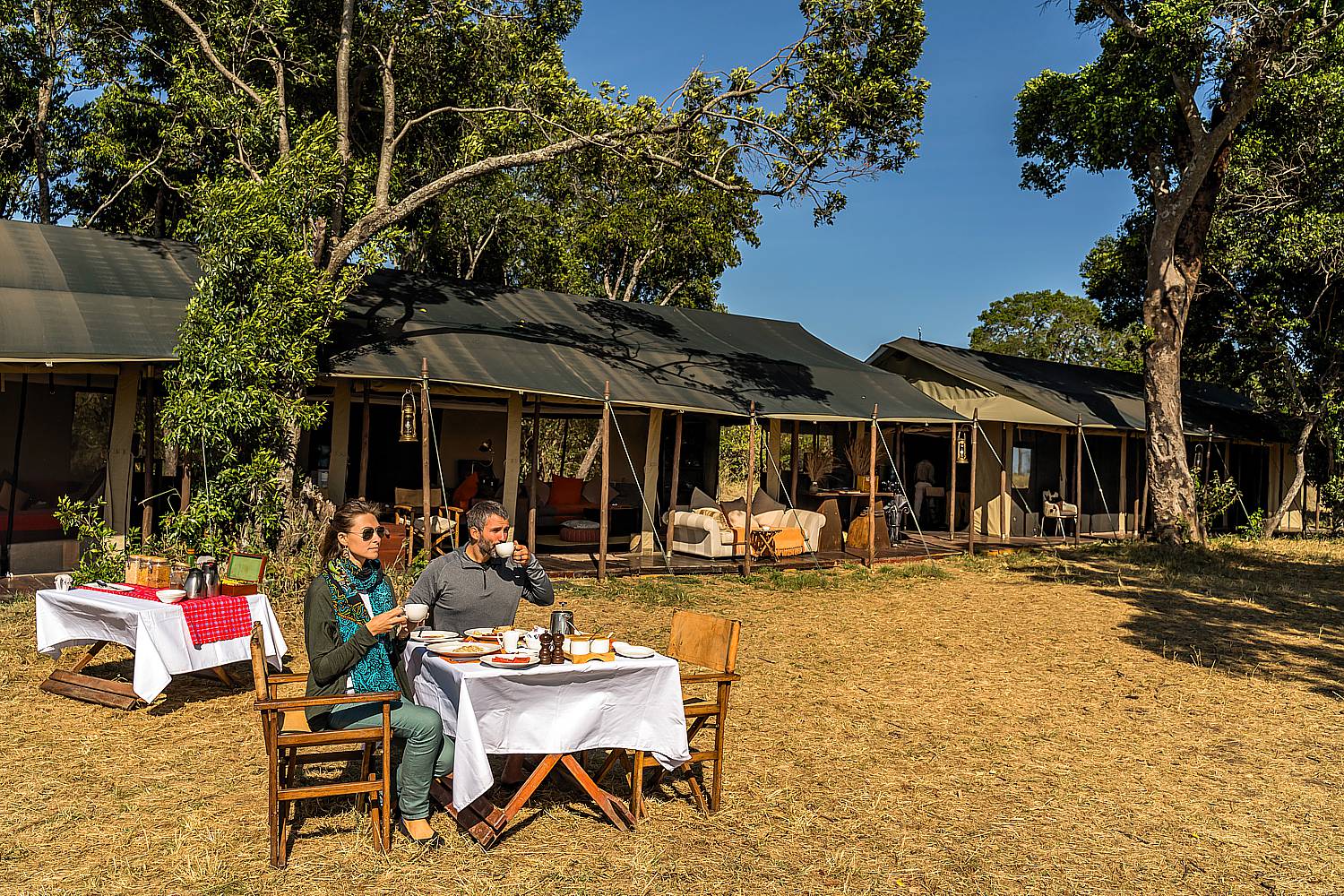
Luxury tented camp near Ndutu area providing an ideal base for watching the Serengeti migration
FAQs About Safari Tanzania and the Serengeti Migration
Q1: When is the best time to see the Great Migration in Serengeti?
A: The best times are January to March for calving and July to October for the river crossings.
Q2: Can I visit Serengeti National Park year-round?
A: Yes, the park offers wildlife viewing all year, but highlight experiences vary with seasons.
Q3: What kind of wildlife can I expect besides the migration?
A: Expect to see lions, cheetahs, elephants, buffalo, hyenas, and over 500 bird species.
Q4: What safari activities are available?
A: Game drives, walking safaris, and guided multi-day tours are popular choices.
Q5: How do I book a migration safari?
A: Booking through reputable tour operators or official park agencies, preferably in advance, ensures a smooth experience.
Conclusion
A Safari Tanzania adventure to explore the Serengeti Migration and wildlife wonders offers an unforgettable connection with nature’s grandest spectacles. By understanding the migration timeline, appreciating the diverse wildlife, and carefully planning your trip with the best times and accommodations, you’re all set for an extraordinary experience.
Start packing and prepare to witness millions of animals on the move and immerse yourself in the rich safari culture at Serengeti National Park — truly a world-class wildlife journey.
